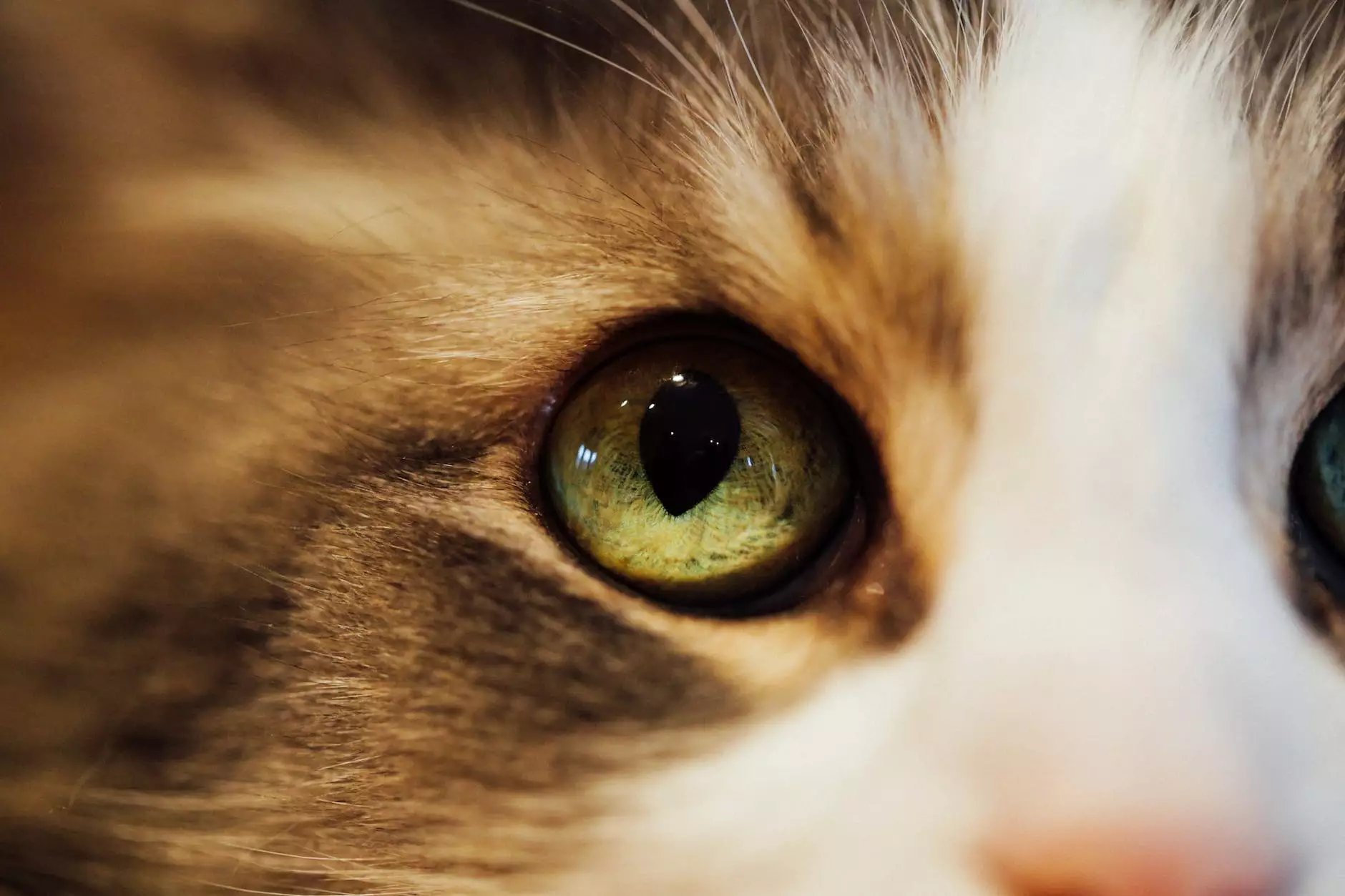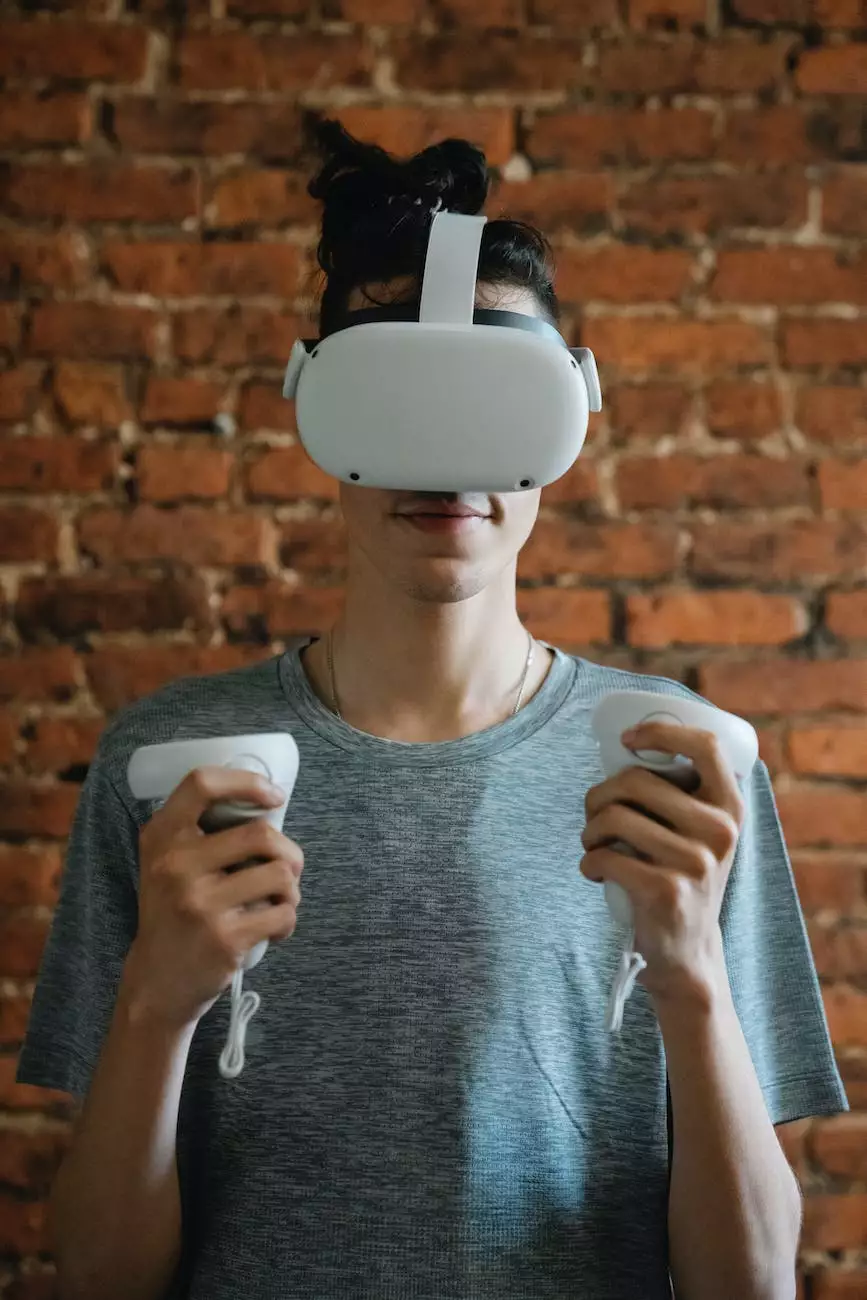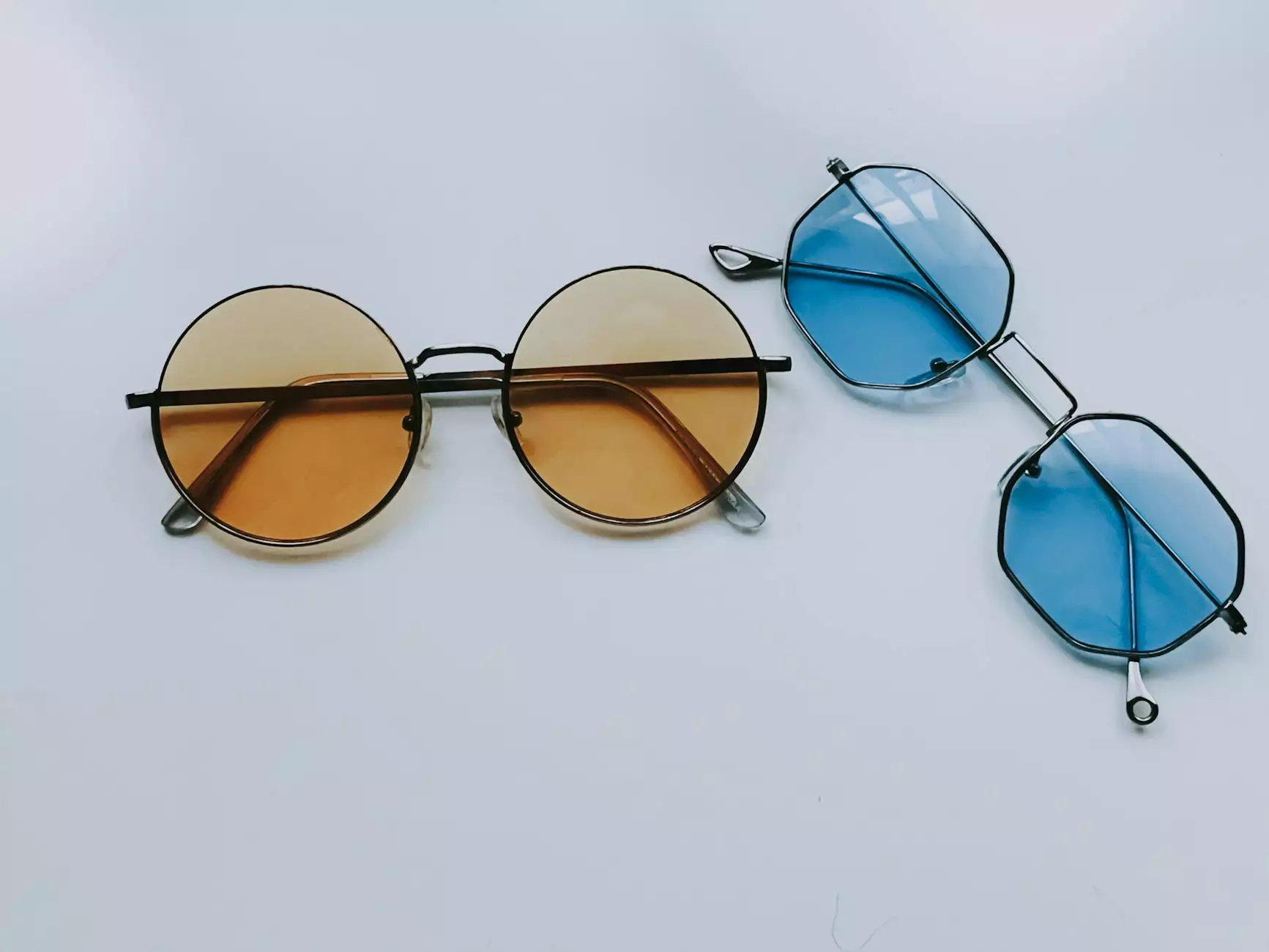How The Eye Works

Welcome to the comprehensive guide on understanding how the eye works, brought to you by David J Scholten, OD, PC - your trusted source for eye care. In this article, we will delve into the intricate workings of the human visual system, exploring its various components and functions.
The Human Visual System
The human visual system is a remarkable creation, combining complex biological structures and processes to provide us with the ability to perceive and interpret our surroundings. At the core of this system is the eye, a marvel of nature that captures light and translates it into visual information that our brain can understand.
The Anatomy of the Eye
The eye consists of several key components, each playing a vital role in the process of vision. Let's explore these components:
Cornea
The cornea is the clear, dome-shaped layer at the front of the eye. It acts as a protective barrier and helps to focus light onto the retina.
Pupil and Iris
The pupil is the dark opening at the center of the iris, the colored part of the eye. The iris regulates the amount of light entering the eye by controlling the size of the pupil.
Lens
The lens sits behind the iris and helps to further focus the incoming light onto the retina. It can change its shape to adjust the focus, allowing us to see objects both near and far.
Retina
The retina is a thin layer of tissue that lines the back of the eye. It contains millions of light-sensitive cells called photoreceptors, which convert light into electrical signals that are sent to the brain via the optic nerve.
Optic Nerve
The optic nerve is a bundle of nerve fibers that carries the visual information from the retina to the brain, where it is processed and interpreted.
The Process of Vision
Now that we have explored the components of the eye, let's understand how they work together to enable vision:
Light Refraction
When light enters the eye, it first passes through the cornea, which helps to refract or bend the light. The curved shape of the cornea ensures that the light converges towards a point.
Pupillary Reflex
As the light passes through the pupil, the iris adjusts the size of the pupil to control the amount of light entering the eye. This pupillary reflex helps to optimize vision in different lighting conditions.
Lens Accommodation
The lens, located behind the iris, changes its shape to adjust the focus of the incoming light. This process is known as accommodation and allows us to see objects at various distances clearly.
Retinal Photoreception
As the light reaches the retina, specialized cells called photoreceptors capture the light energy and convert it into electrical signals. These signals are then transmitted to the brain for further processing.
Visual Processing
Once the electrical signals reach the brain via the optic nerve, they undergo complex processing. The brain interprets the signals, enabling us to recognize objects, perceive depth, and understand the world around us.
Conclusion
Understanding how the eye works is truly fascinating and highlights the intricacies of our visual system. At David J Scholten, OD, PC, we are passionate about providing excellent eye care services and ensuring the well-being of your eyes. If you have any questions or concerns regarding your eye health, don't hesitate to reach out to us. Trust our expert team for all your vision needs.









